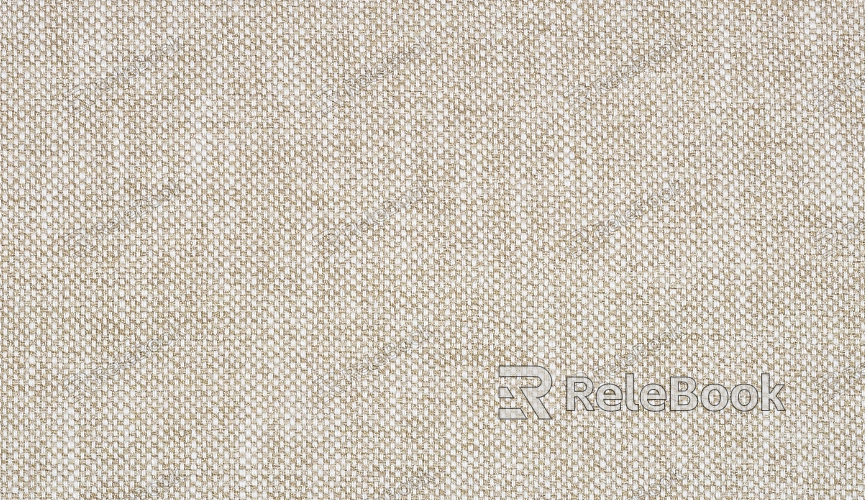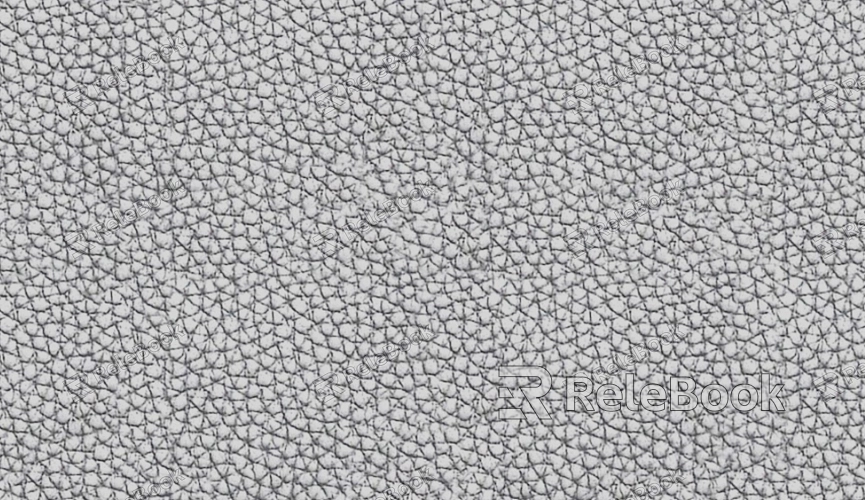How to Texture 3D Models for Free
Texturing 3D models is a crucial aspect of 3D modeling and rendering. It adds realism and depth to the model, making it more visually engaging. Whether for movies, games, or animations, high-quality textures are a key challenge for every designer. While professional texture resources often come with a price, it is possible to create and apply textures to 3D models without spending a dime. This article explores several methods to texture 3D models for free, helping designers leverage available tools and resources to meet project needs efficiently.

1. Understanding the Role of Textures in 3D Models
Before diving into how to create free textures, it’s important to understand the role textures play in 3D rendering.
Function of Textures: Textures are images applied to 3D model surfaces to simulate real-world details. Whether it’s wood, metal, stone, or fabric, textures are essential in enhancing the model's realism. They are the key elements that make 3D models appear more lifelike in renders.
Common Types of Textures: Some common types of textures used in 3D rendering include base textures (wood, stone, metal), lighting maps, normal maps, transparency maps, and more. Each texture type serves a different function and is applied based on the material or surface detail needed for the model.
Application in Popular 3D Software: Software like Blender, 3ds Max, and Maya extensively use textures to apply surface detail to 3D models. For those working in animation or game design, selecting the right textures is critical, as it directly affects the rendered output.
2. Using Free Image Editing Software to Create Textures
Several free image editing programs are available that allow designers to create custom textures based on their specific project needs.
GIMP: GIMP is a powerful, free image editing tool with a range of features suitable for creating various types of textures. Designers can use GIMP to make textures like wood, stone, and fabric, and even combine layers, filters, and other techniques to create complex texture effects. By adjusting color, brightness, and contrast, textures can be customized to meet the specific demands of a project.
Krita: Krita is another free, open-source image editor focused on illustration and texture creation. It comes with numerous brushes and texture generation tools, making it ideal for creating hand-painted textures or starting from preset textures to build 3D surface details.
3. Leveraging Free Texture Generators
In addition to traditional image editing software, free texture generators can assist designers in quickly generating the textures they need for 3D models.
Substance by Adobe: Although Substance Designer is a paid tool, it offers free texture libraries that users can utilize. These libraries allow designers to create custom materials and apply them to 3D models. The great thing about Substance is that it can generate highly detailed textures with control over aspects like glossiness, bump mapping, and more.
Quixel Mixer: Quixel Mixer is a free texture creation tool that lets designers blend different textures together to create new ones. It's especially useful for generating realistic, natural-looking textures such as wood, stone, or soil. The tool allows for quick creation and application of complex textures, perfect for enhancing 3D models.
Materialize: Materialize is a free tool that allows users to convert basic images into full-fledged 3D textures. It supports creating normal maps, smoothness maps, roughness maps, and more, enabling designers to transform a simple image into several different texture types for use in 3D models.

4. Accessing Free Texture Resource Libraries
There are many online texture libraries offering free resources that can save designers significant time and effort when adding textures to 3D models.
Textures.com: Textures.com is a widely-used website that offers free texture downloads. With a variety of textures available, including wood, metal, stone, and fabric, designers can quickly find the right textures for their projects. The site provides high-quality resources for use in 3D modeling and rendering.
Relebook: Relebook is a platform offering high-quality HDRI images and 3D material resources. Designers can download free HD textures to enhance their project renders. With a focus on providing detailed and professional-grade materials, Relebook is a great choice for those looking for free textures that meet high standards.
5. Modifying and Optimizing Existing Textures
If you already have some basic texture materials, you can modify them to suit your needs, saving time and effort.
Adjusting Texture Details: Using tools like GIMP or Photoshop, designers can tweak existing textures by adjusting their colors, brightness, contrast, and adding noise or other details. These changes can make the textures more suited to specific project requirements.
Texture Stitching and Compositing: If you have multiple texture files, you can combine them by stitching, blending, or overlaying them to create new textures. This method not only saves time but also allows designers to create unique and customized textures for their models.
6. Engaging with Design Communities and Forums
Designer communities and forums are excellent sources for free texture assets. Many artists share their creations, and the community can offer valuable tips and resources.
Blender Artists: Blender Artists is a community for Blender users, offering free tutorials, technical support, and resources. Designers often share texture packs on the platform, which can be downloaded and used by other members.
CGTalk and Reddit: These forums are places where designers frequently share free texture resources or provide tips on texture creation. By engaging with these communities, designers can not only find free texture materials but also exchange ideas and get inspired by others’ work.
By utilizing these methods, designers can make use of free resources, open-source tools, and custom creations to texture 3D models effectively without spending any money. When using free texture materials, always ensure that you respect the licensing terms and use them within the legal boundaries. If you’re looking for more high-quality texture resources, Relebook is a great platform to explore, offering both free and paid resources to cater to various project needs. Relebook helps designers elevate their work with professional-grade textures that can truly make a difference in the final render.

